
Bees are social insects that live in well-organized colonies. Bee colonies consist of three main types: queens, workers, and males (male bees).
Beehive: The place where a colony of bees lives and reproduces. These hives can be found in various locations, depending on the bee species. Some types of beehives include nests in trees, nests in holes in the ground, and nests inside man-made buildings or structures such as beekeeping farms.
Tree Nests: Some species of bees, such as honeybees (Apis mellifera), build nests inside trees or tree branches. They use nests made of beeswax to store honey, eggs, and larvae.
Nests in the Ground: Some bee species, such as the ground bee (Meliponini), build nests in the ground. They create nests consisting of intricate tunnels and storage chambers for honey and eggs.
Nests in Buildings: Some bee species can build nests inside buildings or man-made structures, such as on rooftops, in cracked walls, or inside unused storage areas.
Removing the Hive: If the location of the hive is unsafe or undesirable, such as near buildings or areas of frequent human use, carefully removing the hive can be a solution. However, this should be done by a trained professional to ensure there is no damage to the colony or further spread of the bees.
Use of Protective Covers: In areas where bees are a problem but it is important to maintain bee populations due to their role as pollinators, the use of protective coverings such as mosquito nets or specialized bee fencing can help keep bees separated from humans.
Insecticide Spraying: This step should be taken with extreme caution and only as a last resort as it may harm the bee colony and the surrounding environment. If the use of insecticides is necessary, make sure to use a bee-safe formula and strictly follow the instructions for use.
Moving the Hive: If the hives are in a safe location but are still a problem, moving the hives to a more suitable location could be a solution. This should be done by a trained professional and with safe procedures to ensure successful removal and colony survival.
Professional Consultation: If the bee infestation is serious or requires further control measures, it is always advisable to consult a trained pest control or beekeeping professional. They will have the necessary knowledge and skills to evaluate the situation and determine the best measures for bee control.

Lebah Madu
Apis spp.
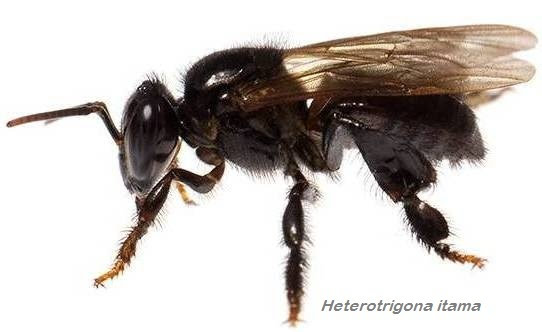
Lebah Trigona
Trigona spp.
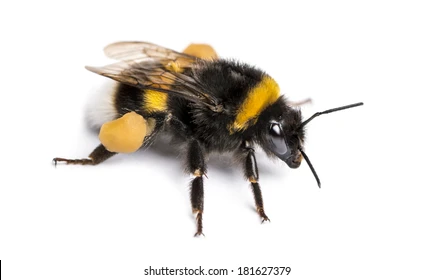
Lebah Bombus
Bombus spp.
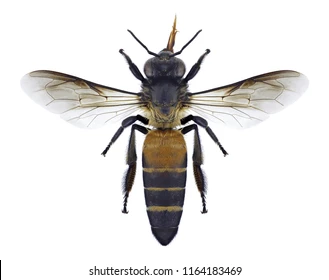
Lebah Tualang
Apis dorsata
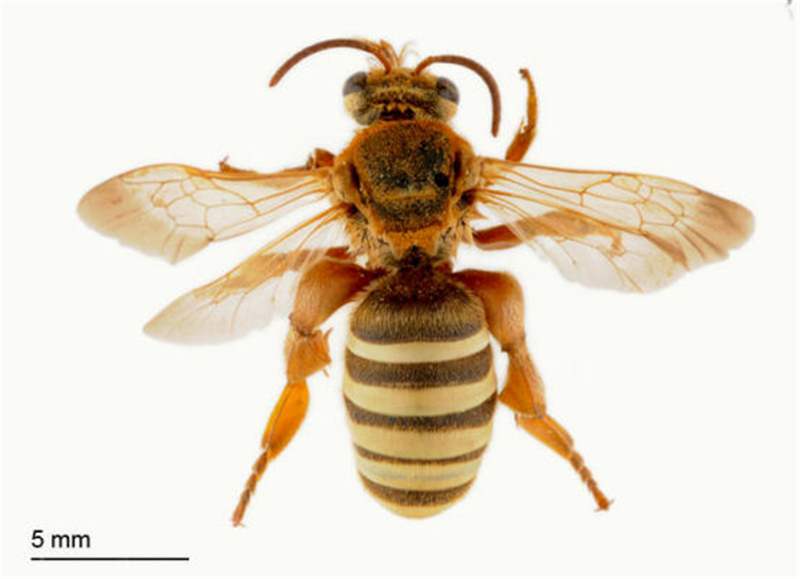
Lebah Hutan
Genus Nomia
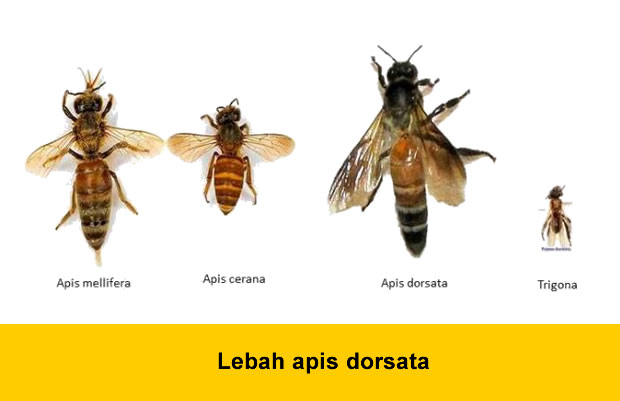
Lebah Kapulaga
Apis dorsata breviligula